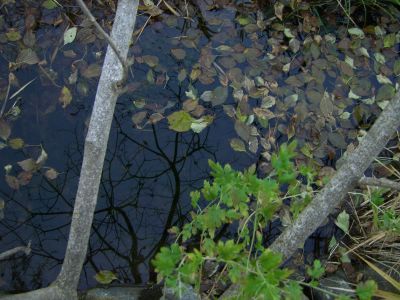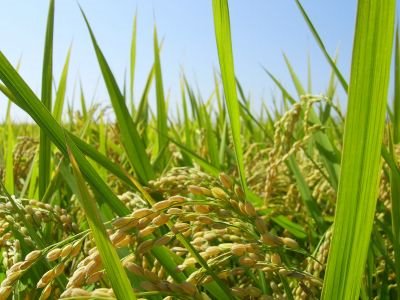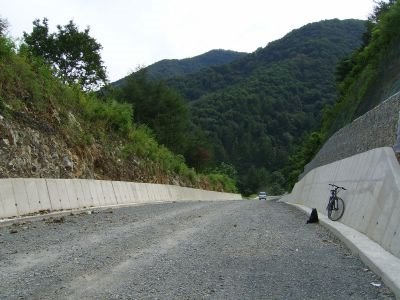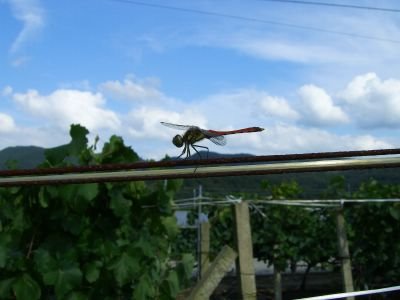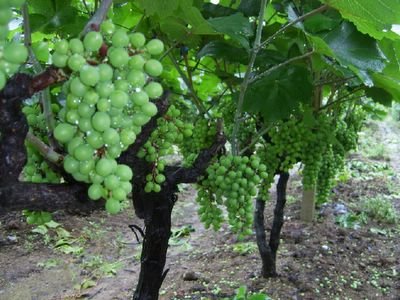At the front edge of the door of the traditional house in the farming village named 한개 Hangae in 성주군 Seongju gun Seongju county to the west of Daegu , two ears of corn are hung up to be used for sowing seeds in spring. The photo below depicts door knob of some other house in the village.
Friday, November 16, 2007
Wednesday, November 07, 2007
Autumn Excursion
주왕산, Mt. Juwang, Juwangsan National Park is located in the mid-eastern region of the peninsula. From Daegu, it took longer time than expected due to heavy traffic. Nearly all of the trails near the main entrance of the park were crowded with many tourists and hikers who enjoyed the picturesque natural beauty of the mountain decorated in autumn colors. Maple leaves have turned yellow and red and some trees were dropping their leaves already.
We stopped at a rest stop on the pass of mountains to the south of Juwangsan, and had a snack. Popular Korean snack, fish paste cakes threaded on bamboo skewers are boiled in the kettle. Green onion and pumpkin are put in the middle and eggs just outside of the kettle.
Monday, October 22, 2007
Mt. Songni in Autumn
About 20 years have passed since I first visited 속리산, Songnisan, Mt. Songni . The mountain range and Beopjusa temple at the foot of the mountain were the same as before. 속리 Songni means “leaving the worldly life.” The name of this mountain was originated from the story of a Buddhist monk who entered this mountain for practicing meditation about 1200 years ago.
Autumn is coming to Songnisan National Park. As the autumn wears on, the maple leaves turn pale yellow or soft gold and eventually red.
Sunday, October 07, 2007
wheat and grapes
The above photo was taken in front of the main gate room of Benedictine nunnery in western Daegu and the below one shows the statue of St. Benedict and the nunnery building.
Wednesday, September 26, 2007
autumn's arrival
Cosmos flowers and cricket sounds are the typical symbols of autumn in Korea. Long, hot and sticky summer has completely gone and cool autumn comes. Autumn is the harvest season and offers us the abundant gifts of nature, so an old Korean proverb says that the sky is high and the horses get fat during autumn.
Gyeongan 경산 is located on the east side of Daegu and famous for its sweet grapes and peaches. The above photo shows Gyeongsan grapes in the fall of 2007. As the summer is getting longer, lots of dragonflies can be seen in the sky, and one of the dragonflies in the cloudy sky sits on a reed stem.
Sunday, August 19, 2007
Hodie Mihi, Cras Tibi
Hodie Mihi, Cras Tibi is from the latin meaning "Today me, Tomorrow you" and inscribed on both sides of the gate of catholic cemetery in Daegu.
Friday, August 17, 2007
Tuesday, July 17, 2007
Wednesday, July 11, 2007
Friday, May 25, 2007
paper lanterns
A lotus lantern festival is held to celebrate the birth of Buddha over the weekend before the birth date in Korea. Buddha's birthday is on the eighth day of the fourth month of the lunar calendar. So, the birthday in this year 2007 is May 24. The Buddhists decorated the temple with the handmade lanterns made from rice paper and bamboo. In the evening the Buddhists marched in a parade on the streets. The Lotus flower symbolizes enlightenment in Buddhism, which rises clean and untainted out of muddy waters.
Wednesday, May 02, 2007
country landscape
Jaeho was born in a small town named Cheongdo, which is located to the south of Gyeongsan. It is about 30 km or 18 miles away. From time to time, he rides a bike to go there from Gyeongsan. It takes about two and a half an hour by bike. A high pass called Namsunghyeon-Jae is located between the two regions, which means village name near it and pass respectively. As the road descends from the peak to Cheongdo, you can enjoy a typical rural atmosphere. The above photo shows the area surrounding Cheongdo.
On the right is a flower on the mountain trail. The seeds fell to the earth, few of them survived and grew into flowers.
Tuesday, April 03, 2007
warm memory
The typical front view of traditional rural house in Korea. Lattice door, seive made from bamboo, and mud wall can be seen. The mud wall was partly repaired with cement instead of mud. The trditional paper is pasted on the door.
The view under an eave of an old house on the southern outskirts of Gyeongsan reminds a passer-by of time passed.
Sunday, March 25, 2007
scenes around temple
A traditional residence attached to a buddhist temple. Buddha images carved into one of the rocks of Mt. Namsan in Gyeongju which is located to the east of Gyeongsan, about 70 km from it. Spring Blossom shows spring is in the air.
Wednesday, February 07, 2007
mountain cafeteria
This humble mountain restaurant is situated at the mid-slope of Mt. Gaji near Mt. Eok, which is famous for its magnificent mountain range. Many Koreans enjoy hiking around here on weekends. This cafeteria serves some food and alcoholic beverages. The name of this cafeteria, Rice rock refuge, is written on the wood sign board on the top of the pavilion. Rice grain looking rock is near here. In winter, we have sometimes heavy snow in the mountain area, and this pavilion is also used for refuge for hikers.
The menu is written on the roof, which means Soju(distilled liquor), Beer, Herb tea, Herb liquor, Dongdongju(Liquor fermented from rice), Coffee, Boiled fish paste, Instant noodle, Handmade Soybean curd and Arrowroot juice from the very left. Some liquor in plastic bottles is seen on the table. Boiled fish paste is also kept on the boil in a cauldron. Some instant noodles are put inside the window.
Wednesday, January 31, 2007
Mt. Eok 억산
Mt. Eok 억산 lies about 30km(18.6 miles) southeast of Gyeongsan. This photo was taken on the south side of the ridge to the summit of Mt. Eok. This mountain is famous for its impressive peak which was cleaved. According to the legend, a monster serpent that had wanted and tried to be a dragon for 999 years split the peak by its giant tail, flying to the west after it had failed to become a dragon. It needed a period of 1000 years to become a dragon.
Sunday, January 21, 2007
like the wind and the clouds
View from the Pavilion in Jangyuk Buddhist temple 장육사 in the mid-eastern region of Korea. The temple nestled in the peaceful mountain was established by Seon master Naong 나옹 in the 14'th century, who wrote the following poem.
Blue Mountain teaches me to live silently
Blue Mountain teaches me to live silently
Blue sky teaches me to live innocently,
and to live like water and wind and die,
and to live like water and wind and die,
leaving behind love and hatred
Ripe persimmons on the tree can be seen, which has not been picked yet. It seems like that they are preserved for bird food during winter.
Friday, January 19, 2007
Monday, December 25, 2006
encounter 2
Once again I took a break on the mountain pass near Gyeongsan during a bicycle trip. This road was newly paved and opened to public traffic on X-mas Eve. Two middle-aged man and woman got on the minivan. See the blog dated Sep. 20, 06.
Saturday, November 18, 2006
Wednesday, September 20, 2006
Sunday, September 03, 2006
Sunday, July 30, 2006
Tuesday, June 06, 2006
samsung station
They have a small railway station around Samsung village, which lies about 5 km north of Gyeongsan. Japanese completed the railway linking Seoul to Busan about 100 years ago when they tried to colonize Korea. Samsung station that began passenger service 85 years ago was only one of the stations along the railway. However, the time has passed and the station was closed last year because of a decrease in commercial passengers so the typical view of the station crowded with morning commuters from the nearby villages will not be seen anymore.
Most villagers who used to take the trains have got older, and buses and private cars which became another popular form of transportation among their young families, have been substituted for the train.
Samsung village and station are not related to Samsung Electronics at all.😸
Subscribe to:
Posts (Atom)









































